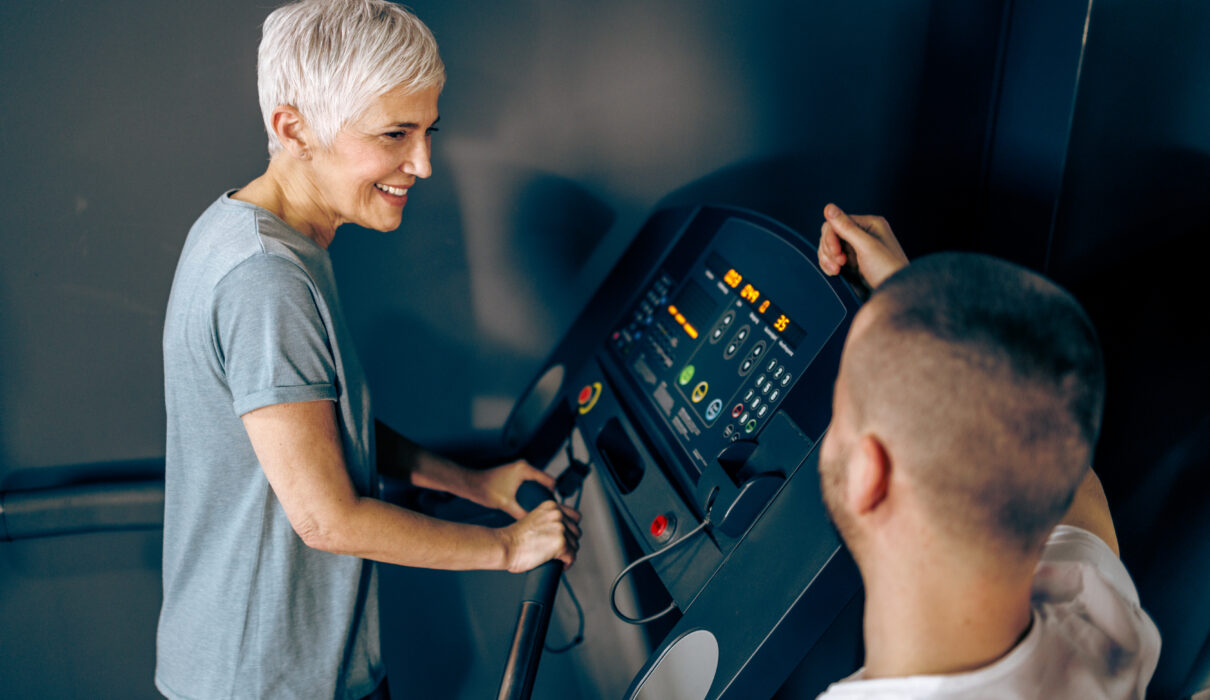The longevity machine aims to answer various questions about aging. What does this experiment involve? What have they found so far? Find out in the following article.
The longevity machine is the colloquial name given to one of the most ambitious experiments of today . It is a platform called Lifespan Machine , developed by scientists at the Centre for Genomic Regulation in Barcelona. Its goal: to decipher the mysteries of aging.
This is a topic about which many questions remain unanswered. In fact, one of the researchers describes this process as “a game of roulette”, because, for example, two identical twins often age very differently. The Lifespan Machine aims to solve enigmas like this.
In principle, age is calculated using the date of birth as a reference point . However, it is possible for a person to look much younger than another person of the same age, even if both lead the same lifestyle. Why is this? This machine aims to clarify.
«The existence of a maximum longevity remains somewhat controversial. Experts can look at the same data and draw opposite conclusions. What is known for sure is that in many countries we have seen life expectancy rise by an average of ten years over the last century. Why should this not continue?»
-Nicholas Stroustrup to El Mundo-
The longevity machine
The group working on the longevity machine is led by Nicholas Stroustrup , who envisioned the project as a PhD student at Harvard University. His first experimental subjects were worms, tested on rickety equipment.
The initial results of their observations appeared in Nature in 2016, and indicated that the dynamics of organismal aging, in unchanging genetic and environmental contexts, provide the basis for evaluating processes that determine life span.
Currently, the Centre for Genomic Regulation analyses the behaviour of thousands of worms, from birth to death . These specimens are monitored continuously. The devices generate an image of each animal every hour.
This continues for months, ultimately producing a huge amount of data, which will be subject to further statistical analysis. The researchers hope to use the results to develop mathematical models to predict the life expectancy and future health of the organisms.
It is estimated that there are more than 20,000 worms in the laboratory. There are 35 scanners permanently active in refrigerated chambers. At first glance, the difference between the young and old worms is noticeable : the former are constantly moving, while the latter are much more passive.
This supports one of Stroustrup’s hypotheses, derived from his early research as a student: aging and mobility are closely linked factors .
Biological ages
Humans still use chronological age as a parameter, since there is no device that can accurately measure biological age . However, it has long been known intuitively that there are people whose two ages do not match. For example, some are 30 years old, but look 45 or older. Others are 50 and everyone thinks they are younger .
Whatever the age, as mentioned in an article in the Cuaderno de Cultura Científica , this number does not coincide with the age of the tissues. The argument is that some structures that make up the body have a minimum number of hours of existence and only a few are those that have been there since birth.
Thanks to the Lifespan Machine project , we now know that there is not just one biological age, but at least two . This is according to the findings published in the journal Plos Computational Biology .
One of these ages is determined by what scientists call the “cessation of vigorous movement .” This means that changes in the strength of the body’s movements are associated with aging. The less vigorous movement there is, regardless of chronological age, the greater the aging.
The other biological age is the one that determines the death of the organism. Both are positively correlated.
A long road for the longevity machine
Dr Nicholas Stroustrup is convinced that there is actually a whole constellation of ages within a single organism . In humans, a person might be 60 years old, but the cells in their organs might be younger.
The difficulty in solving these mysteries is that it is currently impossible to conduct experiments of this kind on humans. They would perhaps take centuries to produce results. In any case, it is already a great step forward to have a solid basis for stating that several aging processes can occur simultaneously in the same individual .
The longevity machine would provide valuable data to achieve what science has always sought: to prolong life for longer. For now, they are making progress in the study of how each gene changes over the years. It is still far from being understood whether it is possible to stop aging and what is the path to achieve this.


